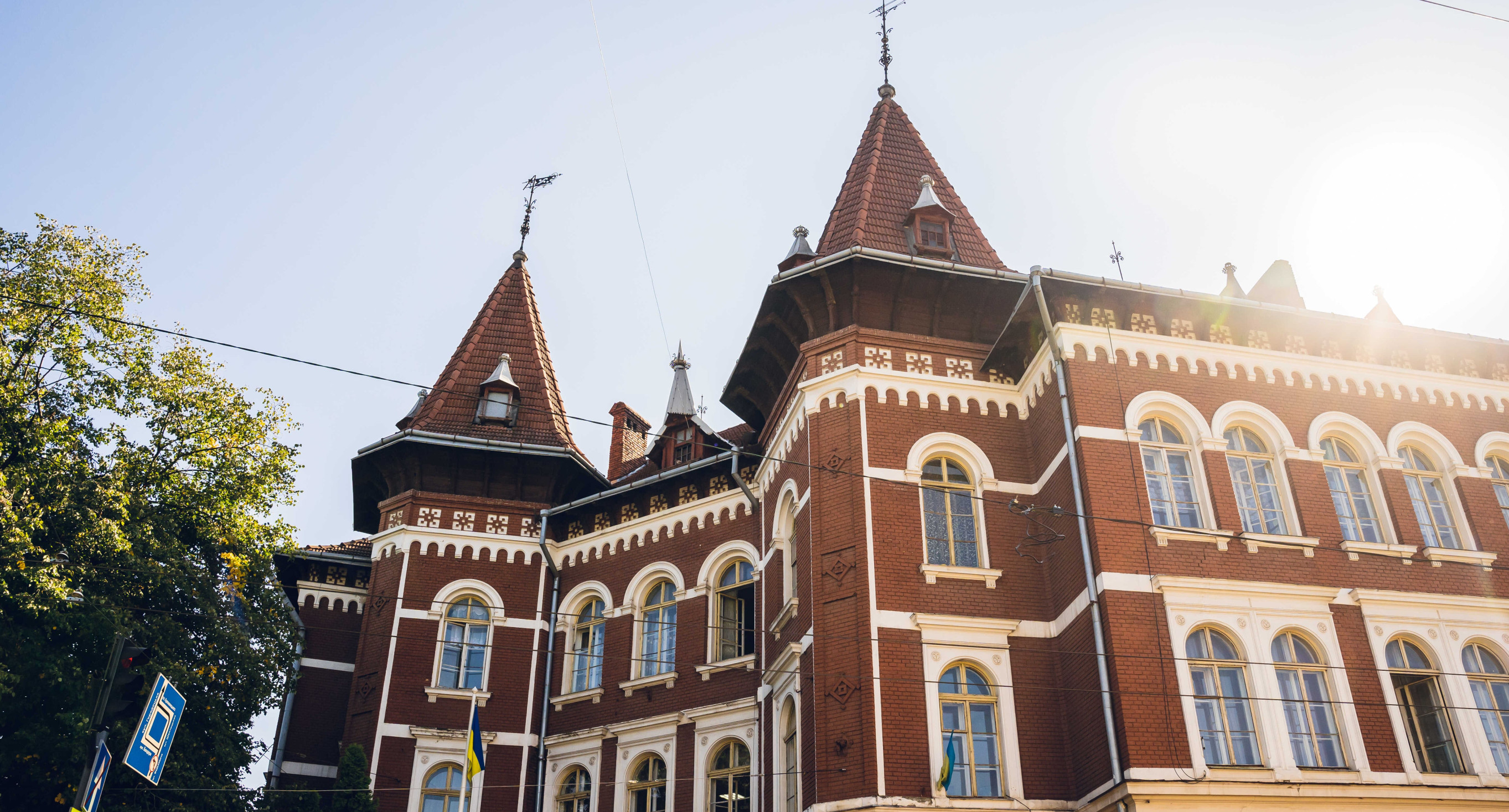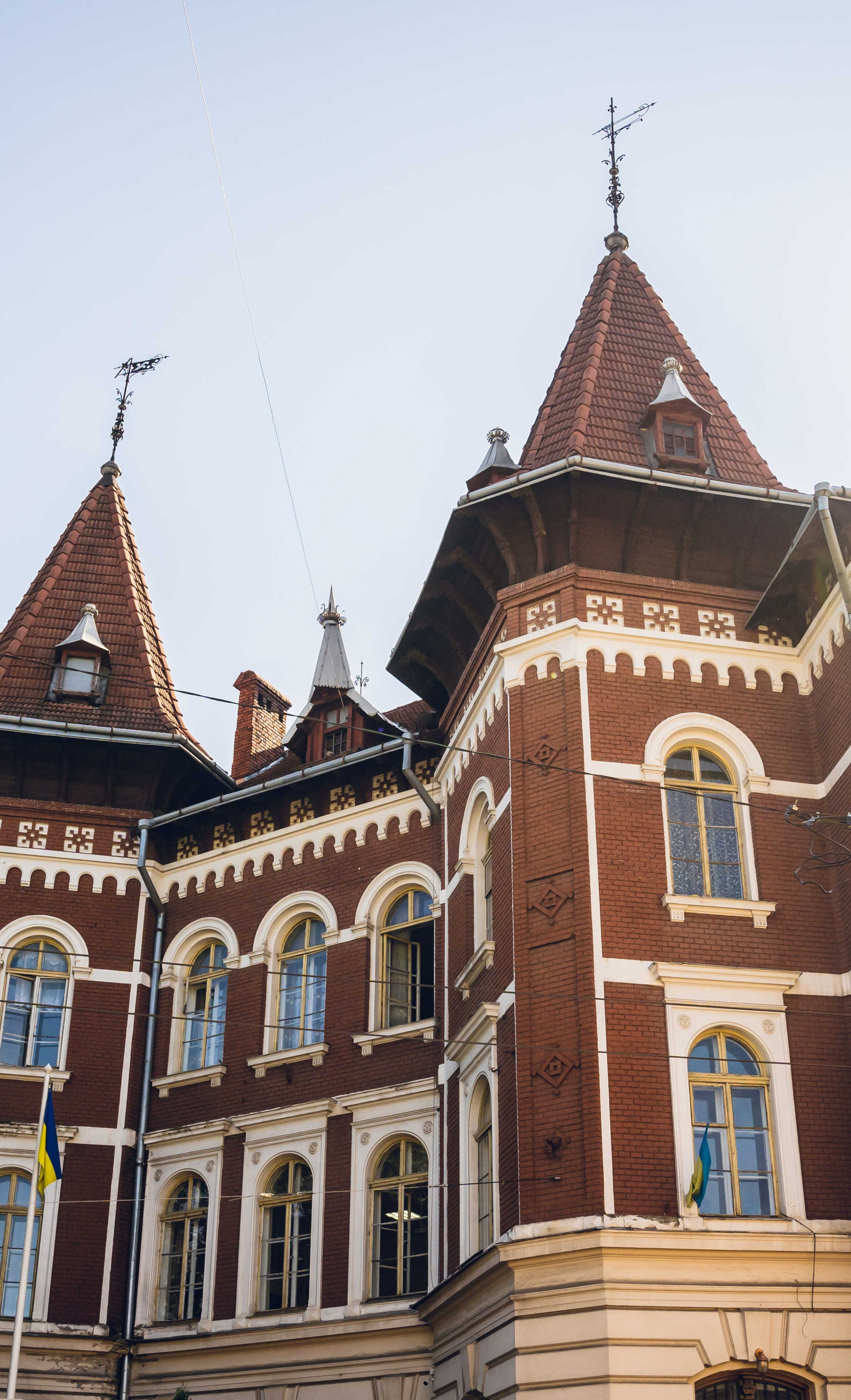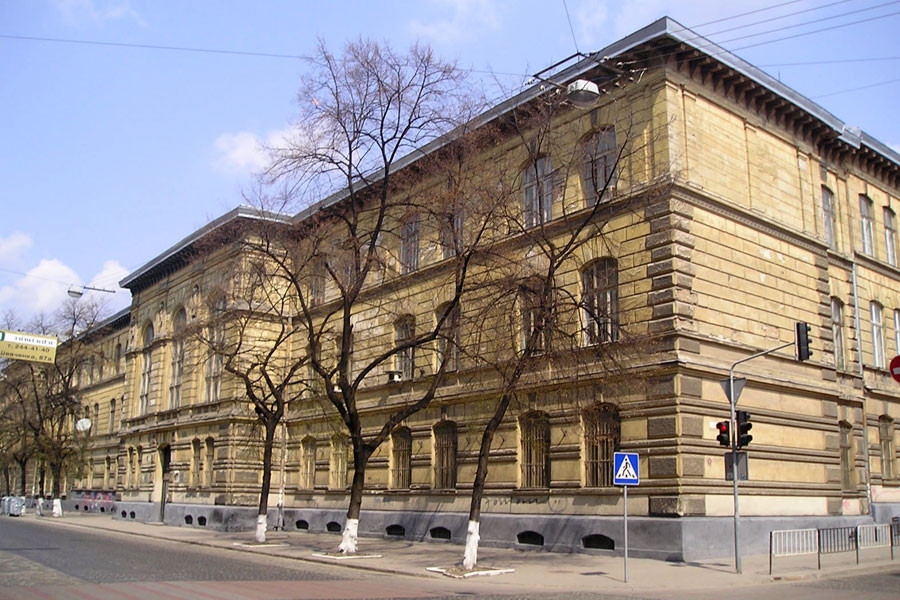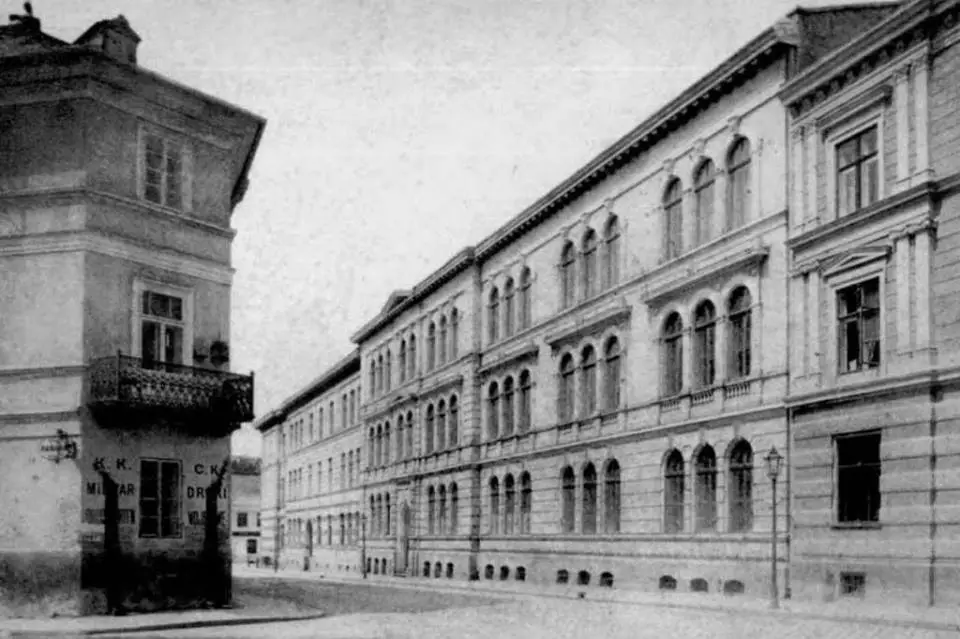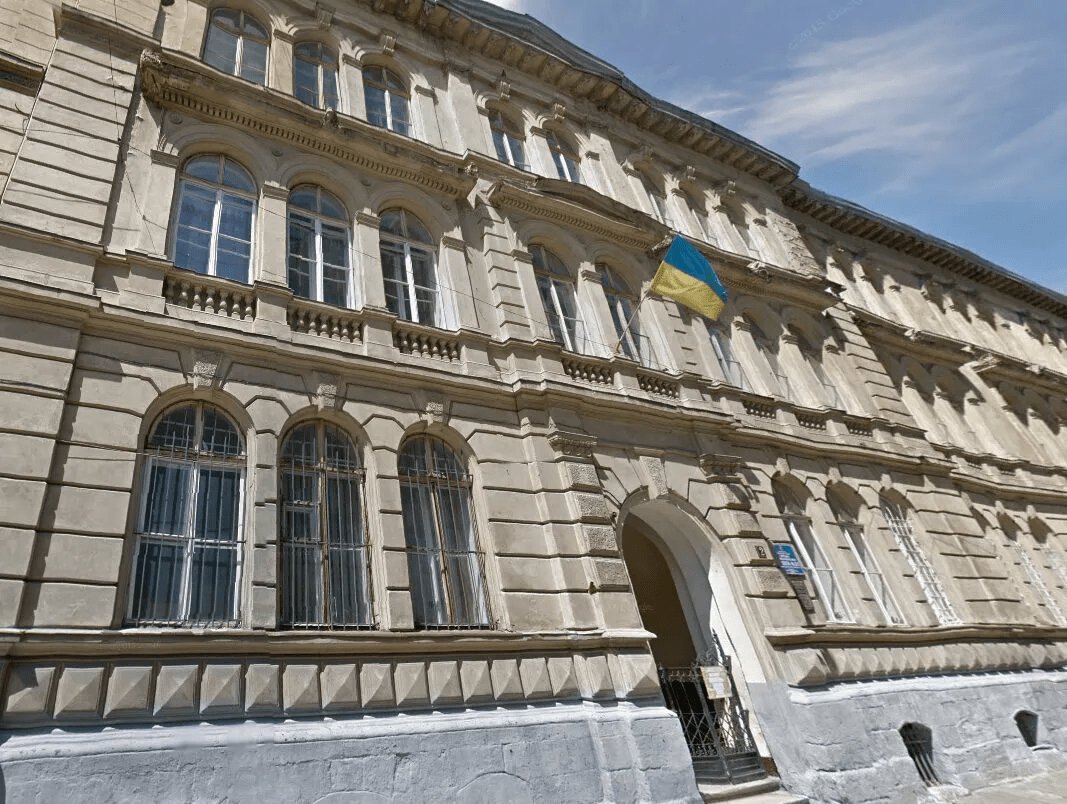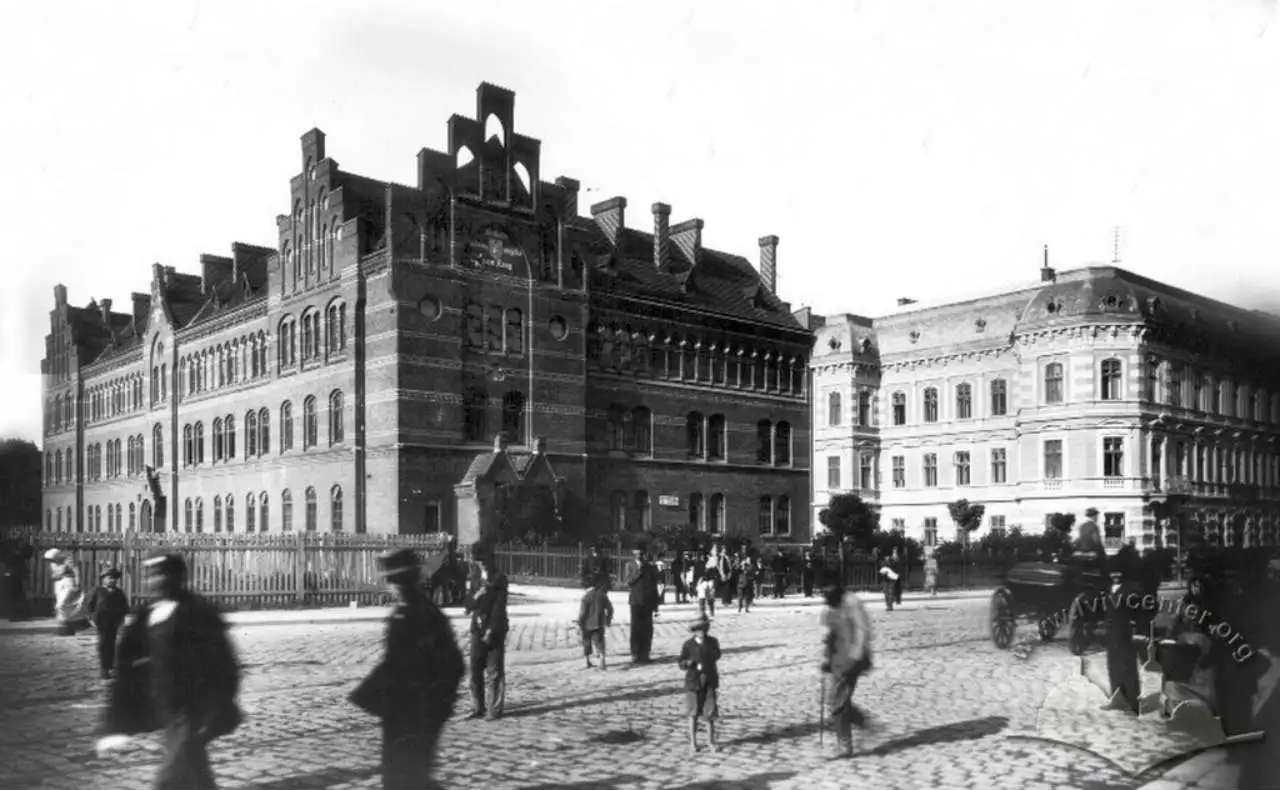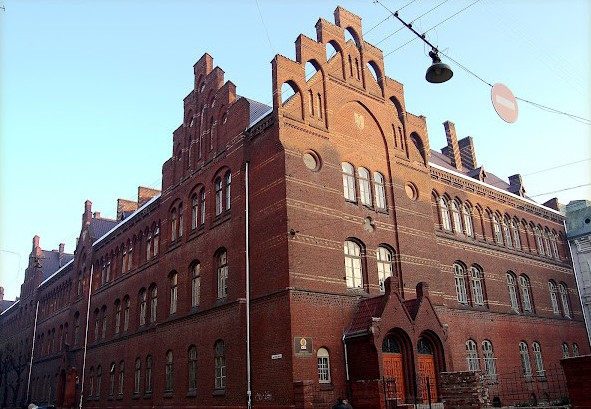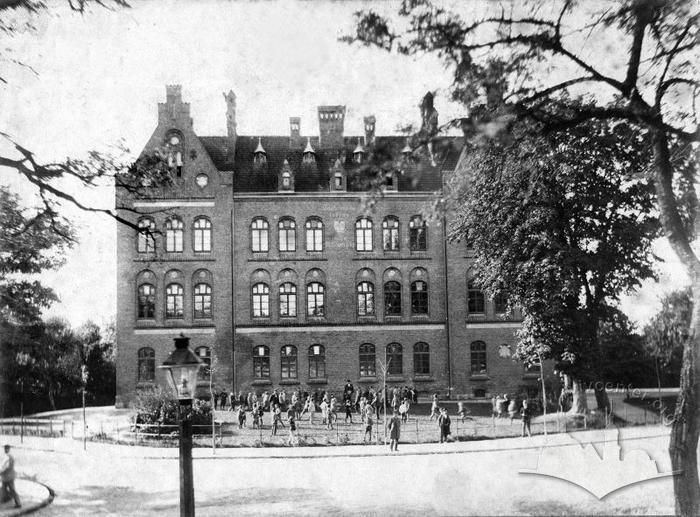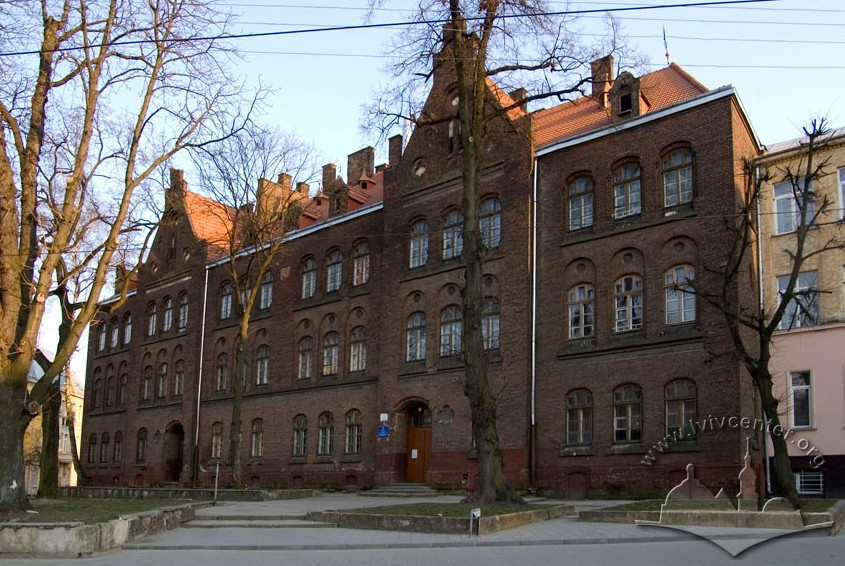A unique architectural phenomenon is noted in the city of Lviv - "red" schools, which embody sophisticated aesthetics and functionality. Their elegant facades, successfully combined with the complex history of the city, surprised many. The author of these architectural masterpieces is the famous architect Juliusz Hochberger. Let's look at these buildings through the eyes of time and discover their unique beauty, as well as consider the impact of the specifics of these buildings on the educational process, the relationship between innovative architecture and learning.
Most of the "red" schools were distinguished by a mathematical orientation, which testifies to the importance of this science in education and the development of society. Mathematics opens the door to many possibilities by teaching abstract thinking, logic and systems approach to problems. When considering the prospects for people with a math background, it is important to understand that this science is becoming an important tool in many areas of life, from technology and scientific research to finance and engineering. In the context of Lviv, where history is intertwined with modernity, a tutor in mathematics Lviv has the opportunity to develop the intellectual potential of the young generation in an exquisite environment, saturated with culture and scientific achievements.

Now let's delve into the history of Juliusz Hochberger's architectural masterpieces

The school year is coming to an end, so it's time to recall some popular schools of the last century, which still attract attention with their appearance.
At the end of the 19th century, there was a so-called school "boom", in connection with the fact that in 1873 the Seimas adopted a new regional school charter, a decree on the maintenance of schools at the expense of the city, as well as a decree that all state primary education institutions must be located in their own buildings. The architect Juliusz Hochberger, who at that time was the director of the Lviv City Construction Department, was engaged in the design of new educational institutions. And already in 1876, 3 educational institutions were built: the Franz Joseph Gymnasium, the Higher Real School and the St. Martyna on Zhovkivska.
The Franz Joseph Gymnasium was located at 5 Knyazya Romana Street, now it was built in the Neo-Renaissance style. Six sculptures of figures of Polish science and literature by Tadeusz Baroncz are installed in the niches of the central facade. It is easy to recognize Adam Mickiewicz with a pen and Nicolaus Copernicus. Currently, this building houses the research institute of the Lviv Polytechnic National University.
The real high school on the current Shukhevycha Street was a single complex with the Franz Joseph Gymnasium. In 1921, as a result of the educational reform, the Real School became the First Mathematical and Natural Science Gymnasium named after Nicolaus Copernicus. In 1939-1941, the 7th school was located here. From 1945 to 2016, the building housed the 35th comprehensive school with the Russian language of instruction. And since 2016, the Lviv Comprehensive School of Oriental Languages and Oriental Martial Arts "Budokan" with in-depth study of foreign languages.

St. Martin's School on Zhovkivska Street was also built in the Neo-Renaissance style. The coat of arms of Lviv is placed in the triangular pediment. By the way, once this street also bore the name of St. Martin and there was a church of the same name nearby.
Now there is a secondary school No. 57 named after King Danylo Halytskyi. Since 1997, there has been a bust of King Danylo in the yard.
The school "boom" did not end there. By the end of the century, Hochberger designed several more schools
During 1883-1884, two "red schools" built of unplastered bricks appeared. At the corner of Horodotska and Leontovych streets, we can see the majestic neo-Romanesque facade of the city school of St. Anna, which had a separate wing for girls (from Horodotska Street) and boys (from Leontovicha Street). And in the middle is a large yard. At the beginning of the 20th century, another building was added on the north side, preserving the style of the previous building, so now it is difficult to distinguish which part is newer and which is older. The Law Gymnasium has been operating here since 2003. The building has the status of an architectural monument of local importance.
Another "red" school is located on the corner of Bandera and Chuprinka streets, it is the former St. Mary Magdalene. It was built opposite the parish church of Mary Magdalene, from which it got its name. The students used the diminutive name "Magdusia". The building has elements of neo-Gothic and neo-Romanesque styles. In 1910, the school was expanded by adding symmetrically 2 wings. And in the interwar period, another "white" school for boys was built. Now in the red part - school No. 3, and in the white - school No. 10 with the Polish language of instruction, which in 2013 was given back its historical name - named after Mary Magdalene.
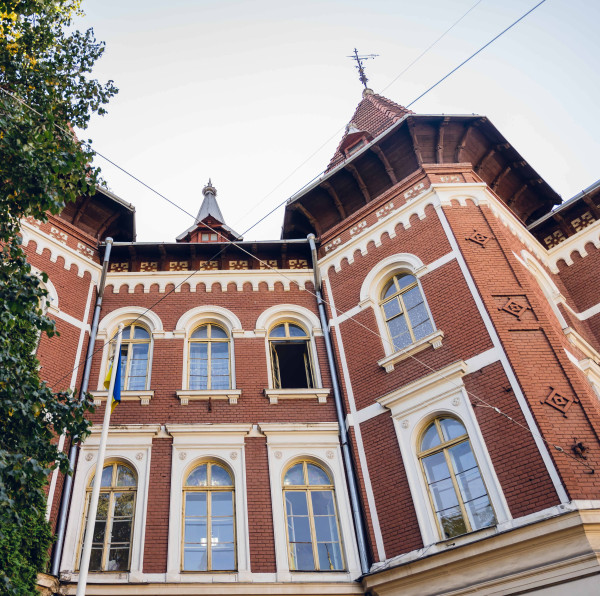
Located at the other end of Stepan Bandera Street, the former school named after Shimon Konarskyi was built a decade later than the two aforementioned and according to the project of other architects - its creators were Bronislav Bauer and Ivan Dolynskyi (grandson of the brilliant Ukrainian artist and icon painter Luka Dolynskyi). Although it is worth noting that the construction was carried out under the supervision of the City Construction Government, which was managed by the same Juliusz Hochberger.
For almost 150 years of their existence, these schools were and are one of the most popular in the city, so it is not surprising that Hochberger is sometimes called the "builder of Lviv education." Pupils of these schools can solve a problem of any level of complexity.
